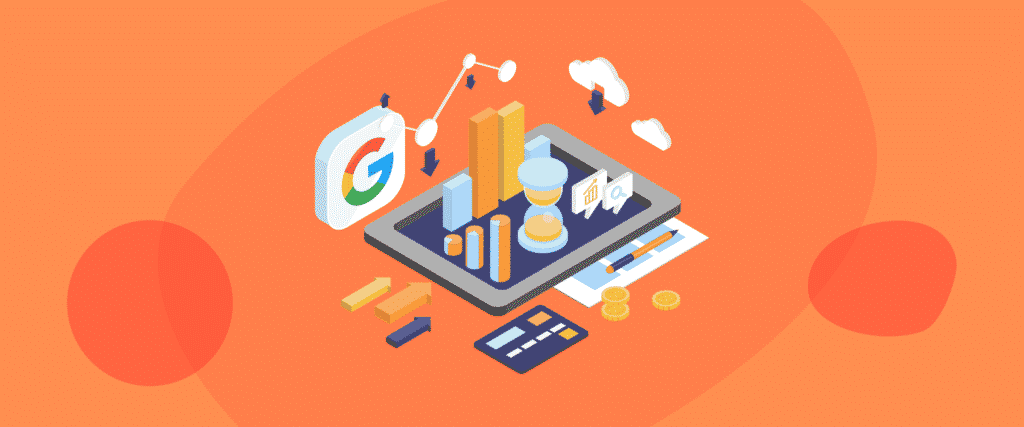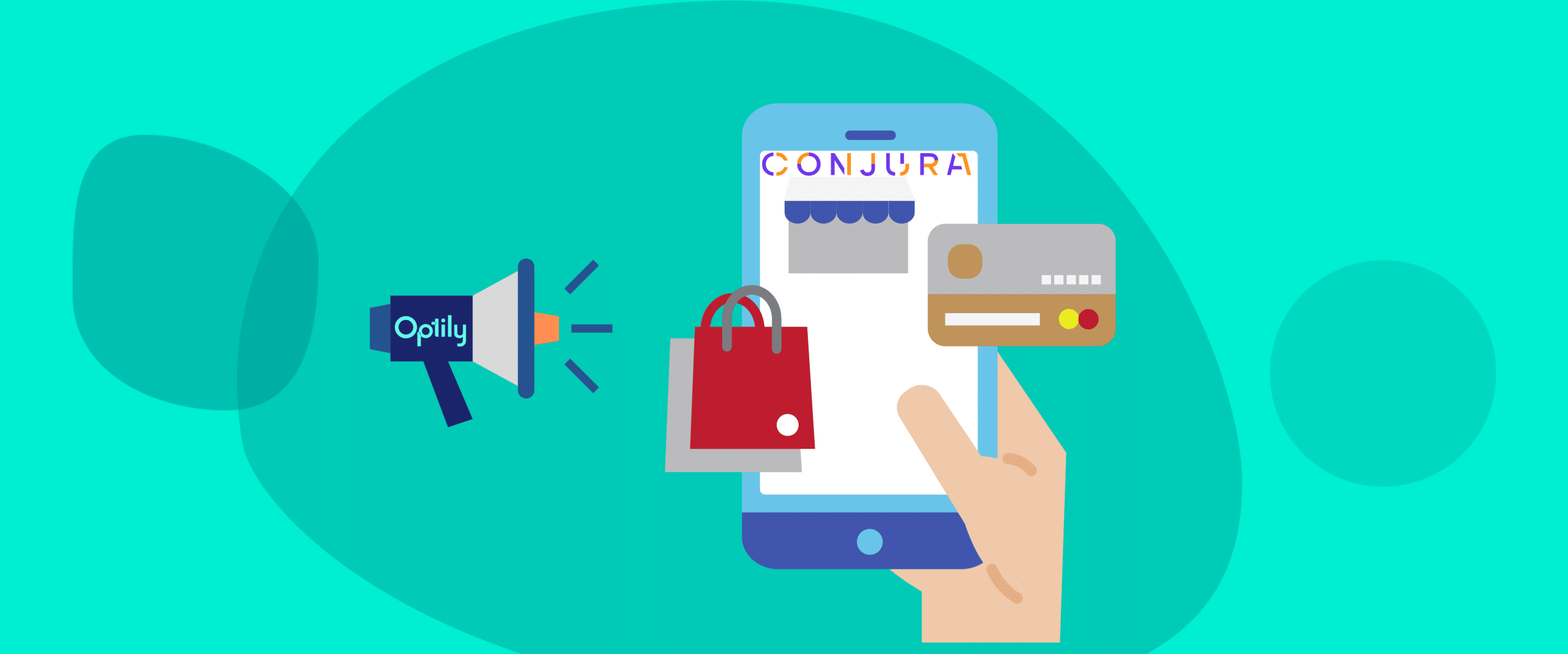On Monday, Google announced that it’s making a change in its default attribution model for Google Ads. The platform has been relying on last-click attribution, or the model that gives all credit to the last point of interaction, and is now switching to a data-driven model.
Here’s a summary of the main points if you’re in a rush:
The 30-Second Rundown
What? Google is changing the default attribution model for Google Ads.
Why? Due to changes in online privacy, a data-driven model will be more effective in filling the gaps when cookies or other data sources aren’t available.
Will this affect me? If you weren’t able to use the data-driven model before, Google is now dropping minimum data requirements and other limitations so it will be more accessible.
We’re all about saving you time here at Optily, so if that’s all you needed to know, great!
Stay up-to-date with industry updates like this and other digital marketing tactics with our twice a month newsletter.
Join the Optily newsletter!
Stay up-to-date on platform changes, digital marketing tactics, and industry news. We promise we won’t spam!
A refresher on attribution
Let’s say a user is served up an ad on Facebook for a cool t-shirt you sell. They click on the ad, poke around your website, and then leave. They then see the same shirt the next day as a retargeting ad, so, while they don’t click on the ad, they do remember the shirt and your brand. Finally, they get a YouTube pre roll ad that gives them an exclusive discount across your whole site and they finally make a purchase.
So, how do you know if a person bought a t-shirt on your website because they saw the ad on Facebook or because they saw the YouTube ad with a discount code in it? Well, that’s exactly what attribution models are designed to figure out.
Types of models
Without getting too in the weeds about the various models out there, you’ve essentially got two classes: single-touch and multi-touch models. A single touch, like the last-click model, gives all the credit for the conversion to one touchpoint. For example, the very last ad your user clicked on was the YouTube ad with the discount, so the last-touch model would credit everything to this ad.
Of course, that’s not accurate in reality because had it not been for the initial Facebook ad, you would never even have gotten the person to your site.
Multi-touch models split the credit in various ways. Some give credit equally to multiple sources that helped, others split credit based on other factors, such as time. Data-driven models are multi-touch models that rely on data from the channels to determine their overall performance.
Why is Google making this change now?
It’s not news that digital marketing is changing due to the implementation of updated data privacy policies, from limiting third-party cookies to iOS 14. This move seeks to future-proof attribution and ensure Google provides its advertisers with the most accurate data possible.
“As the industry continues to evolve, last-click attribution will increasingly fall short of advertisers’ needs,” Google’s VP/GM of Buying, Analytics and Measurement, Vidhya Srinivasan points out in the announcement. ”The most successful marketers will switch to a data-driven approach.”
Big tech has been under pressure from consumers to provide more online privacy protections, leading to Apple’s AppTrackingTransparency (ATT) and Google’s proposed Federated Learning of Cohorts (FLoC). These changes would in turn hamper marketers’ ability to use data to determine consumer behavior patterns at a user-level.
Essentially, marketing is getting harder to track and marketers have less granularity when it comes to determining success.
A new attribution model could help in this regard. While the model won’t provide data at the user-level, thus protecting individual privacy, it will provide other relevant data that can be made actionable to marketers in fine-tuning their strategies.
Is this good for businesses?
Ultimately, yes. This change will make it easier for businesses to determine which ads are performing better. You’ll still be able to select any of the other 5 options of attribution models manually, but the default is what most people end up using.

According to The Drum, Google plans to implement data-driven attribution into Google Analytics 4 in the coming weeks.
Curious about giving your Google Ads the edge?
Try Optily’s instant cross-channel ad optimization software free for 14 days. Save yourself hours of time and get back to marketing–not analytics.





